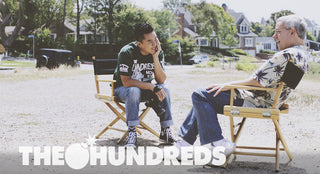Back to the Future is the perfect story. It traverses American history, ‘80s pop culture, and immortalizes some of the most memorable characters in movie history. For my generation, Back to the Future was not only Marty’s coming-of-age tale, it was ours. Together, we watched him survive young love, true friendship, and merciless peer pressure. We watched him pursue rockstar dreams, save his family, and win the girl. All against a backdrop of flying DeLoreans, Nike Air Mags, and of course, hoverboards.
It’s no secret that the Back to the Future saga is my favorite film franchise. And it’s because of all these things that a movie that was based around time, has proven to be so timeless.
I sat down with Back to the Future co-creator Bob Gale in the Pacific Palisades on the eve of his film’s 30th anniversary.
BOBBY HUNDREDS: Bob, it’s been three decades since Back to the Future, how does that feel?
BOB GALE: Well, it makes me feel old of course. Back to the Future part II, of course we predicted 2015. And one prediction that we did not make and we are not going to make was that in 2015, Back to the Future would still be a super popular movie, a super popular property that people would still be interested in. And that there would be as much or more Back to the Future stuff then there was back in the day.
Yeah, you had no idea… was it just a typical film project for you?
Well, no film project is typical, they’re never typical. For a while, we thought we were in serious trouble because, as most people know, we shot six weeks of the movie with Eric Stoltz as Marty McFly because Michael J. Fox had been unavailable. And a blessing in disguise—we couldn’t get Michael when we planned to start the movie, but when we realized that it wasn’t working very well with Eric, we went back to Family Ties, the producer, and said, “Look, we’re really in a bind here, is there any way that you could consider letting us have Michael?” It was later in the season and he said, “Okay, if Michael agrees and you guys agree to shoot your show around the schedule of Family Ties, I’ll give it my blessing.” We would’ve danced naked on his desk to get Michael J. Fox, so of course we said, “Yeah, sure, we’ll adjust our shooting schedule.” Which meant that we didn’t get Michael J. Fox to work with until 6PM Monday through Thursday, and 10PM on Fridays. So, try scheduling your movie like that and it got pretty crazy.
Did we know that the movie was going to be a hit? The first inkling I had that maybe it was going to be something was in March in 1985. We were down at Whittier High School shooting the stuff outside of the Enchantment under the Sea dance; the parking lot stuff and so forth. And we had already been to Whittier in December shooting the same scenes with Eric Stoltz and nobody cared. But when word got out that Michael J. Fox was at Whittier High School, we had girls lined up seven deep to get a glimpse of Michael J. Fox. I’m going, “Whoa, this kid’s really a big star, maybe they’ll show up at the theater when we open it.”
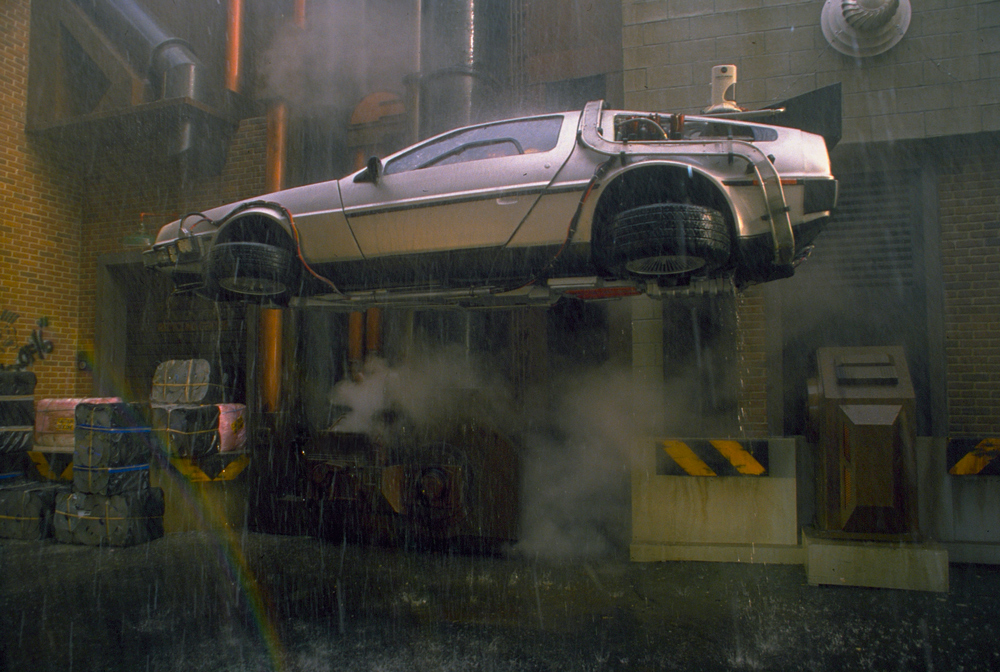
How did you get Michael J. Fox on board?
You have to remember, today in 2015, television and movies are in bed together. If you’re a big star on TV or the movies, there’s no stigma of going from one to the other. But back before Back to the Future, if you were a television actor, they weren’t even going to put you in a movie. They’d say, “Oh, he’s a TV actor, we don’t want him.” So it was an unusual thing to take somebody off of a TV show and give them the starring role in a movie.
Now, for us, it was just about, “Hey, Family Ties is funny, this kid’s got talent. He’s a crack-up and he’s the perfect guy for us.” So we didn’t care about that. And Christopher Lloyd too, he’d started in movies—One Flew Over the Cuckoo’s Next I believe was his first picture—but then he ends up on Taxi playing Reverend Jim for four or five years, so he was really known as Reverend Jim. But he kept doing character parts and interesting things in the movies and he had been in a movie called The Adventures of Buckaroo Banzai – who my co-producer, Neil Canton, was a co-producer on – and he knew Chris and said, “You guys gotta meet Chris.” So we met Chris.
It was a risk to say, “Okay, we’re going to take this kid off a TV show and star him in a movie.” But we knew what we were doing actually. [Laughs]
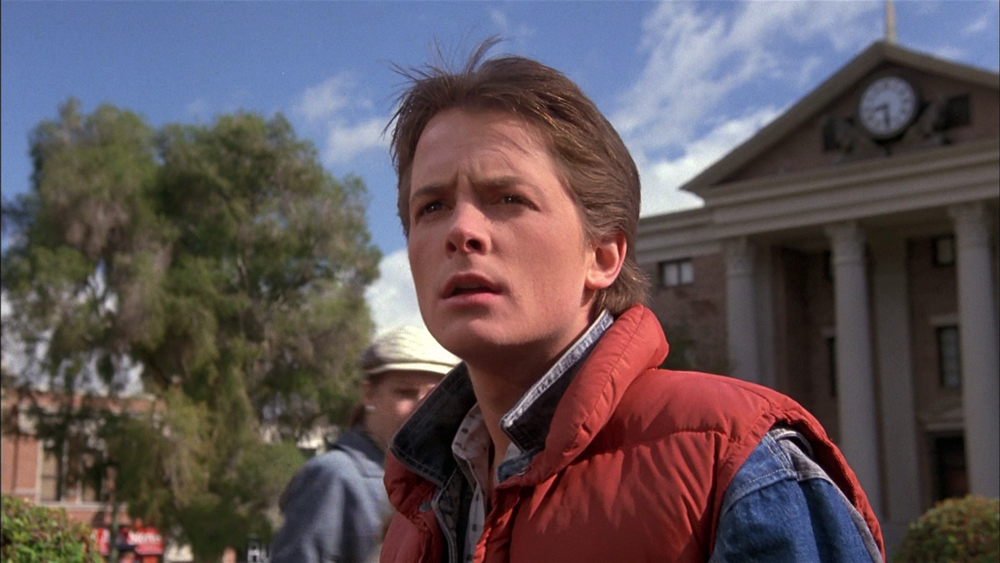
Photo: io9.com
What was life like behind the scenes during filming and how did the cast get along? Was everyone friends or was everyone there to work? As a kid, I remember thinking, “What was it like when they were making this movie?”
Well, Michael was so outgoing, he was so genuinely happy to be there that you couldn’t not be his friend. You couldn’t not love him. I remember the first or second day of shooting, he’s there and introducing himself to everyone on the crew. We all know who he is but he’s going, “Hi! Michael Fox, how are you?” It’s like, “How cool is that?”
Everybody got along real well. Christopher Lloyd—back then at least—was a bit more withdrawn. He was very shy and he kind of got himself in the zone. It was interesting because he’d be very quiet and very sedate, even sometimes at the rehearsals, but then when you said, “Action,” and he knew it was rolling, he becomes Doc Brown and does all this great stuff. But yeah, everyone got along really, really well, cast and crew.
Crispin Glover was a little bit of a character…
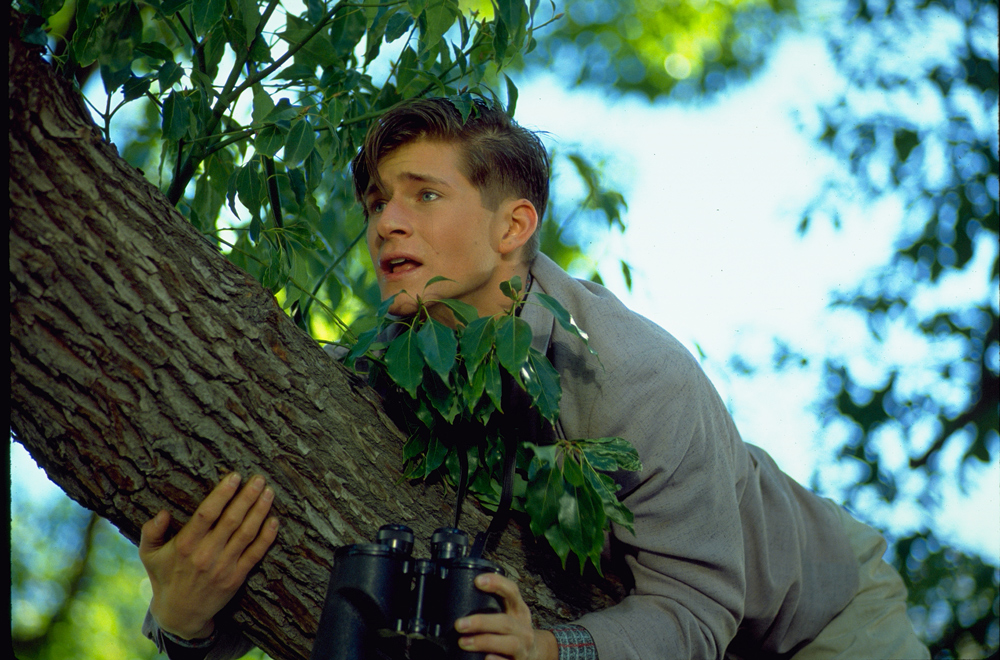
What was he like? Was he complicated?
He was very talented. His performance was fantastic. But what he didn’t have yet were the technical skills that an actor needs to know how to hit marks, to know how to do it exactly the same way, to make his physical motions the same way in every take. So we had a lot of situations where he wouldn’t hit his mark the right way or he just didn’t have the discipline that we needed. So we had to sit on him a lot. The hardest thing that we had to do with him was to get him, at the end of the movie, to wear that polo shirt and carry the tennis racket and act like a successful, suburban guy who lives with his family. He just didn’t want to do that.
Is that why he didn’t continue on?
We offered Crispin to come back and be part of it and he thought he was worth a whole lot more money than we thought he was worth. So it was all about money and we didn’t want to pay him as much as he wanted. We knew this at the beginning, so in part II, the whole story of George McFly having been murdered by Biff in the weird 1985, that came about because we expected he wasn’t going to be in the sequel.
When you wrote and created the first Back to the Future, was there consideration for part II and III, and how did those come together?
No, we had no idea that there was ever going to be a sequel. As Bob Zemeckis often says, “If we knew we were going to make a sequel, we never would have had Jennifer be in the car with him in the very end of the first movie.” Because when it came time for us to write the second one and figure what we were going to do—“What’re we going to do with Jennifer?” She’s not a very well developed character and the story is not about her and we actually ended up having to have her unconscious for most of Back to the Future II.
Did you hire time and space experts to work on the films with you guys? Because it just seems so complicated to figure all that out.
No, we didn’t hire any experts on time and space and all that. The only expert, I guess, you’re looking at him. I grew up reading all these time travel stories from grade school when I saw the George Powell version of the Time Machine, H.G. Wells’s Time Machine. I was fascinated by time travel and I read all these great time travel stories and novels through college. So I had my head in there pretty well. What’s kind of neat about these movies though, as crazy as they are, they still make sense. People figure them out. There’s 11 year old kids that understand time travel because Doc does that chalkboard thing in part II and they get it.
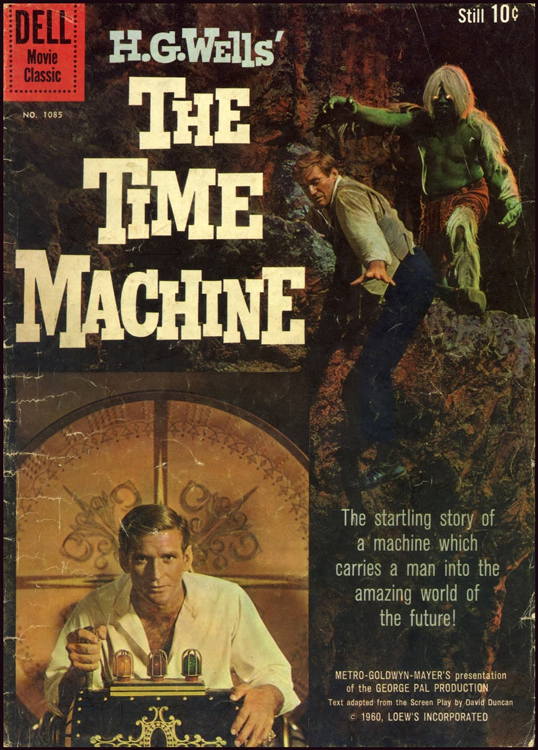
Are there any plot holes or anything that trips you up or really irks you that you wish you guys had changed?
Well, the fact is, no there is not. There’s real logic and there’s movie logic. If you create movie logic and you stick with it, people will buy it even if it doesn’t make that much sense. The best example of that is the disappearing photo gag. It’s a great device because it visually tells you how much time Marty has left before he starts to fade out from existence. But if you start thinking about it, it begs the question, “How come the physical photograph itself isn’t disintegrating? And if Marty starts to fade out when he’s playing “Johnny B. Goode,” who would’ve been there to take the picture if it’s just an empty frame? If you really think about this stuff, it makes absolutely no sense at all. But we know that you don’t think about that and it’s not played that way. It’s, “Oh my God, when he fades out of this picture, it’s over. Time’s up.” So it works.
So there’s not going to be a fourth, you’ve made that very clear.
No “IV.” Why not do a “IV?” There are a couple of reasons why. First and foremost of course is that with Michael J. Fox and his Parkinson’s, who wants to see Back to the Future without Michael J. Fox? I don’t. And I don’t think the audience does. So that would mean that we would recast Marty McFly and nobody wants to see that. The other thing is that I think history has shown what’s happened. When people go back to a franchise 10, 15, 20 years later, the magic isn’t the same, you can’t get it back. I’m not going to mention any names, but we all know what I’m talking about. You go back to the well one too many times and you’re suckered in as an audience. You think, “Oh, they’re going to do another one of these, it’s going to be great.” And you walk out and go, “Oh my God, I knew it couldn’t have been any good and it wasn’t.”
We don’t want to be those guys that pimp our project and become the whores. Say, “Yeah, the new Back to the Future movie made $400 million, but it’s crap.”
I commend you for that. I think real Back to the Future fans appreciate it. As much as we want to see it, we don’t want to see it. It’s like seeing a band reunite.
Exactly! I remember when the Beatles broke up and people saying, “How about the Beatles getting back together?” I kept saying, “No, no, I don’t want to see that, it’ll never be as good as we think it’ll be.”
Can Universal do it without you?
Theoretically, I think they could. Steven Spielberg I think also has to sign off on it. But they all know… and look, we’re developing a theatrical musical based on Back to the Future. And knock on wood, if it works out the way we hope it will, that will retell the Back to the Future story in this new venue and that’ll breathe extra new life into it and Universal will collect some nice checks, so will we, and everybody would be happy. And the fans of course would be happy because we’re not going to put that out there unless Bob Zemeckis and I are completely satisfied with it.
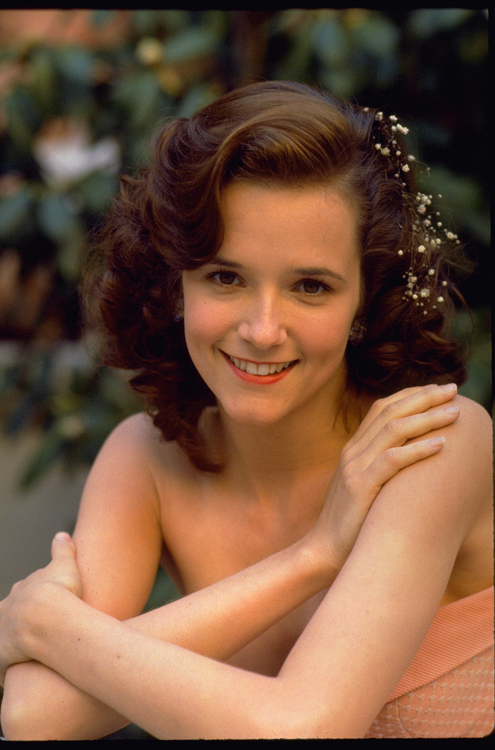
Have you ever considered what it would be if you did the fourth? What time period you would travel to?
No, we never did.
Not even fantasized it?
We fantasized—there were things that we talked about when we developed the sequels. One of the ideas that we actually wrote was that Marty goes back and ends up in 1967 and endangers his own existence again by interfering with George and Lorraine’s second honeymoon at which he was conceived. We got to the script stage on that and kind of said, “Well, we kind of already did this movie, let’s not do that one again.”
Another thing that we kicked around that would’ve been pretty funny actually was to go back to the 1920s and meet Doc Brown’s mother. We would’ve had Christopher Lloyd play his mom and that would’ve been pretty funny.
Chris Lloyd pops up as Doc every now and again, he just did A Million Ways to Die in the West with Seth McFarlane. He does some commercials here and there, how’s that for you?
Oh, it’s great! I see Chris frequently, we’re good friends. When there are new Doc Brown opportunities, Universal is very respectful and they run everything past us. I’m kind of the gatekeeper. Some of the things that people want Doc Brown to make an appearance in just aren’t right for the character. For A Million Ways to Die in the West, we knew Seth McFarlane was a huge Back to the Future fan. He loves the franchise, it was funny. He treated Doc with great respect, it was funny.
And there was continuity there, it wasn’t out of place.
Right.
Speaking of that part of the saga, Back to the Future III often gets a lot of flack, it’s peoples’—more often than not—least favorite. Does that bother you when they talk about number three disparagingly and was it necessary to have that in the trilogy?
Well, yeah, it was necessary to have it in the trilogy. If it wasn’t, it wouldn’t have been a trilogy, right? [Laughs] Listen, does it bother me that people don’t give part III the respect that I think it deserves? Of course it does. Part III, to me, is just this wonderfully romantic classic adventure story. And having grown up on westerns—both Bob and I grew up on westerns—the idea that we could take Back to the Future and go into the west… I think a problem is that a lot of people don’t appreciate westerns anymore, but it’s great.
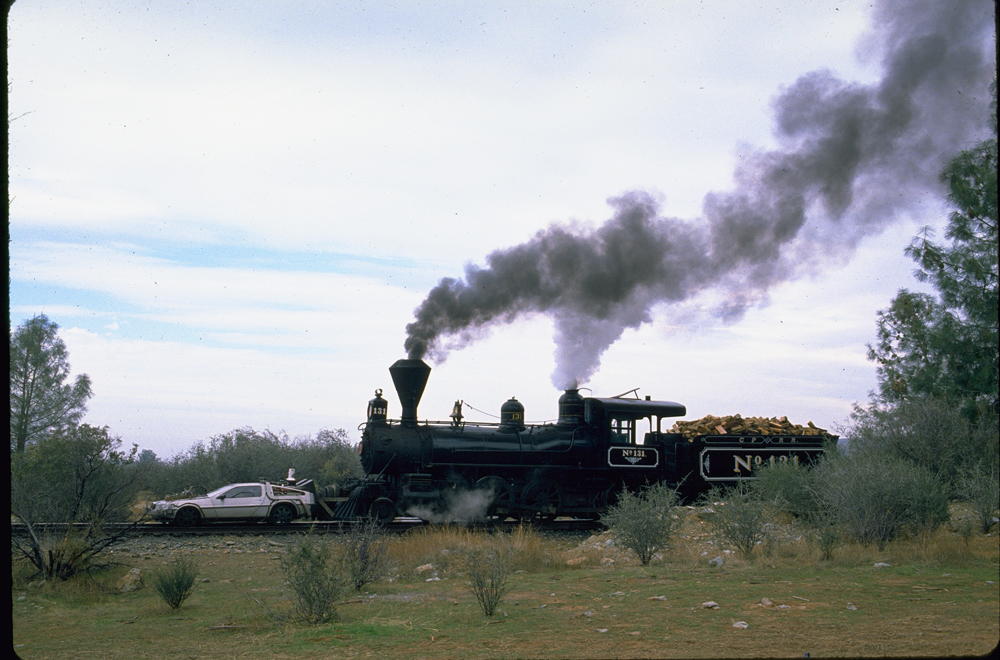
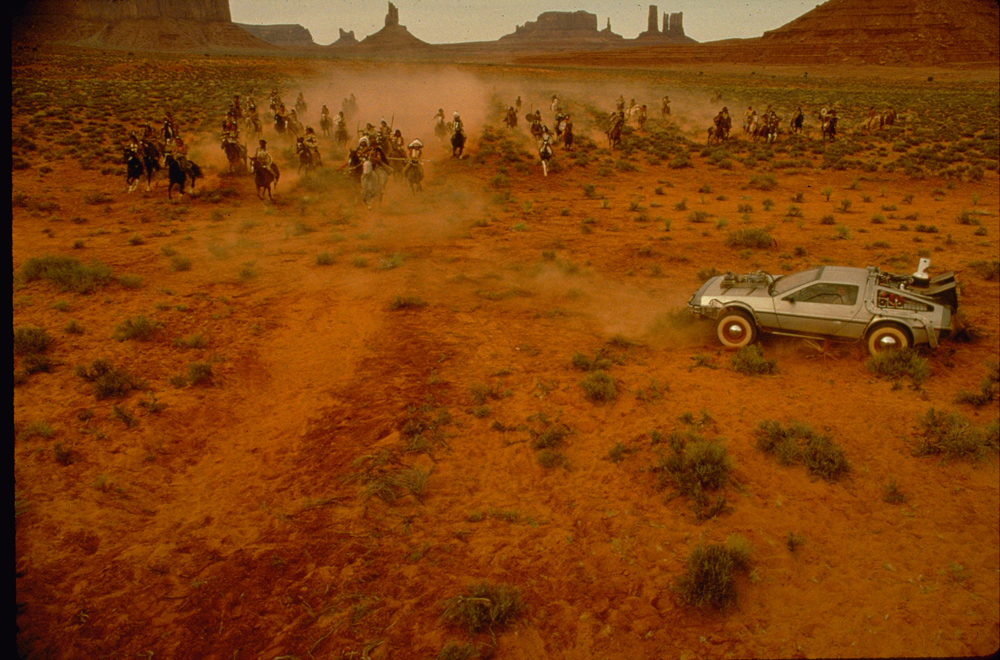
I love it, I love the love story and I love the adventure. How were you guys so dead on with some of those 2015 predictions? It’s interesting to me because there are so many future-based films, but the one that stands most vivid in peoples’ minds is always Back to the Future II. And in a lot of ways, it’s self-fulfilled. You had Blade Runner—I’m trying to think of futuristic-based films—but none of it really panned out that way or they were kind of exaggerated. I feel like Back to the Future II was such fun in a cartoonish way but it was the most realistic.
Well, there’s a couple things going on there. First of all, when you talk about movies like Blade Runner, which is kind of a dystopian future… I love the movie, absolutely love it, but you don’t really want to live in that future. They’ve got the big, giant video billboards in Blade Runner and flying cars and stuff, and that stuff is all cool. But it’s kind of a depressing future. And a lot of the movies that we see about the future—The Hunger Games—that present these dystopian, oppressive futures. That was absolutely out of the question for us. Our attitude about the future was, “The future should be great, but the McFly family should still be screwed up.” Which of course, yes. We want people to see our future and say, “Cool, I want to live in that future.”
The other thing that we did, and this was just simple observing, is you see a lot of these movies that take place in the future and it looks like they tore everything down; everything is gone and they have this new—Tomorrowland—all these things. You can’t connect with it because it doesn’t look like anything that things look like today. You think about Los Angeles or New York City, if you took somebody from New York City in 1935 and brought him to 2015, yeah, there would be a lot of stuff that he’d be surprised at, but Central Park is still there and the Empire State Building is still there and the Chrysler Building and the streets are still the same streets. There are a whole lot of different buildings, but he could get around, they still have trains. So they don’t tear down the present to build the future, all time periods coexist with each other.
So we thought, “Okay, we’re not going to tear down Hill Valley Town Square, it’s still going to be the Town Square. The courthouse building is still going to be there.” But instead of it being—well, in part I in 1955, it’s a courthouse, in 1985, it’s the department of social services, which is our statement about the deterioration of the urban society, and it’s a parking lot instead of a green space. And then, in 2015, we said, “Okay, what do they do with civic buildings?” They turn them into shopping centers. In the ‘80s, they were doing a lot of that with old train stations, turning them into shopping centers.
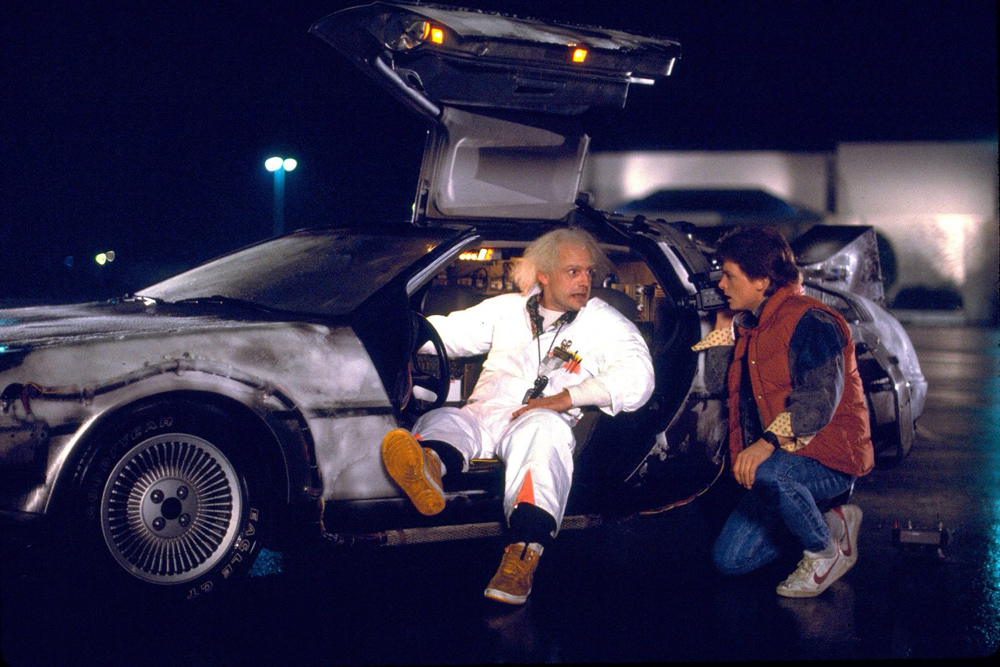
So we thought, “Okay, let’s change it into the Hill Valley Mall and then we’ll take the parking lot out and go back to the greening of cities.” And that was something that was part of the urban redevelopment thinking in the ‘80s that we read about. We said, “Okay, this makes sense, this is what we should do and people will like that. People would like to say good for Hill Valley.” The movie theater that’s showing Jaws 19 in holographic 3D, we didn’t expect that 3D movies would be as big a deal as they are today, but how about that? That one worked out. We knew we weren’t going to have flying cars, but we promised flying cars so we had to show them.
A lot of the stuff that we thought of, some of it was based in reality. We knew that flat screen TVs were on the horizon, home video conferencing was something that had been talked about for a long time so we figured, “Okay, that’s very likely.” We have fax machines in every room in the house, we blew that. We sure didn’t perceive the smartphone, we missed out big time on that. But the kids are wearing the Google Glasses at the dinner table and they’re watching TV on their glasses and they double as phones, so that’s pretty good. The drone that comes down and takes the photo—they’re not quite as sophisticated as that yet, but in five years, absolutely. That’s a hit.
I think you guys did rather well with that. I’m actually working on a documentary myself right now and something I’m realizing is that there’s a treatment you write and then there’s the treatment you make. Was there anything that didn’t make it into the trilogy that you had intended that was important, but as you went along with the movie, it just didn’t go down that path?
Oh, listen, there’s always things that you change because you don’t have enough money to do them, the physical production issues are insurmountable. We had an idea of creating a future sport called Slam Ball that would be played in an anti-gravity chamber and it was a combination of handball Jai Alai, handball, and roller derby. It would’ve been a great sequence, but it was just impossible to do.
We had another great idea that we could do today but couldn’t have been done then, which was the idea that Michael J. Fox’s son, Marty Jr., would be six feet tall. [Laughs] We couldn’t have done that in 1989. What Jim Cameron did in Avatar shows how you can do that kind of thing today.
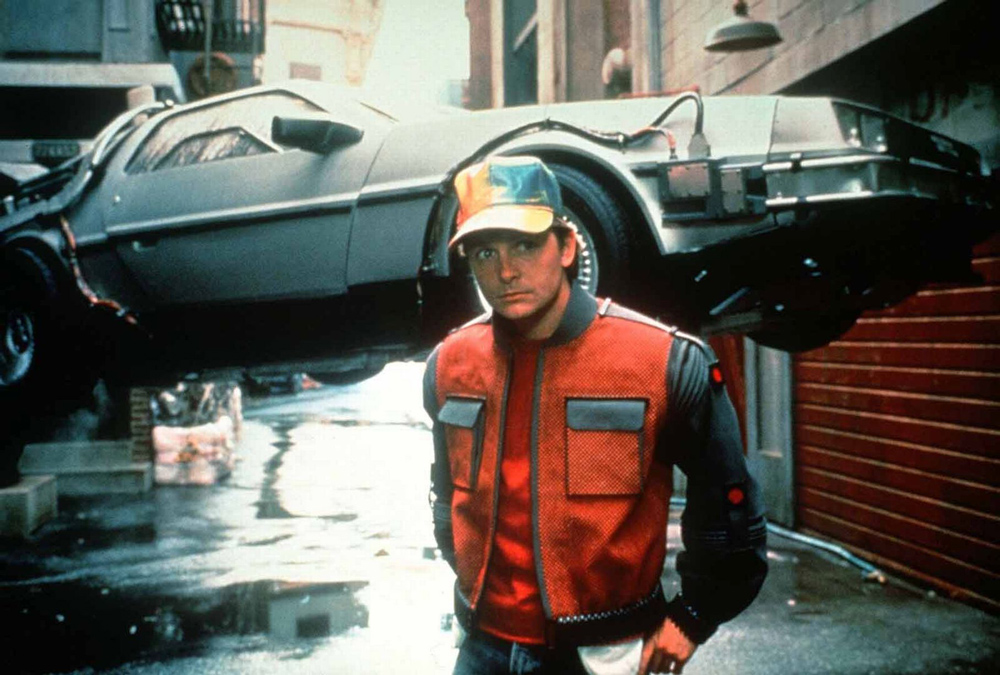
Photo: dailypost.co.uk
That would’ve been amazing. Was there any significance of that “99” at the end of Back to the Future II?
People ask about that all the time, “What does that mean?” Well, what it really is—the theory was that the time machine has to be going at 88 miles per hour to travel through time. So what happened was when lightning struck the DeLorean in its front or rear, it sent the DeLorean spinning around and it accelerated up to 88 while it was spinning. So when it spun, the fire trails it left were circular.
So it had nothing to do with the number 99?
No.
How do you feel about the film Hot Tub Time Machine?
I didn’t see part II, nobody did. [Laughs] It’s kind of funny that Crispin Glover didn’t do our sequels, but he decided to do that. Look, it’s funny, it just shows that if you can build a time machine in a DeLorean, you can build it into a hot tub.
I actually have a couple of questions here from some friends that I asked before I came. One’s BJ Novak. BJ asks, “If Back to the Future is 100 on a scale of 1 to 100, how would you rate II and III?”
[Laughs] Listen, King Lear ruined his life by trying to pick out which one of his daughters was his favorite. So these movies are my children and I love them all for their own reasons because of their own separate identities. Clearly, the first is the best of the three. It’s pure, it’s original on its own. Back to the Future II is amazing because of the chances that it takes and I personally love all of the corrupted 1985 stuff with Biff in control of the world; I love that stuff. And how crazy it is that we actually go back into the first movie and we have these scenes taking place in between the scenes that you have already seen; that’s kind of neat.
Part III, again, I love Westerns. It was certainly the most fun of the three movies to make. We’re up on location, working outdoors all the time, I got to wear a Stetson every day, and it was quiet; we didn’t have all these vehicles. It was so much fun to make and, again, I can watch that movie every day. It brings back wonderful memories and I think it’s probably the most romantic of the three.

Do you watch them? You don’t watch them as much as I do…
Sometimes I’ll go to a screening and see them with an audience, which is always fun. But no, if I’m going to sit at home and watch a movie, I got a stack of 50 Blu Rays that I haven’t watched yet, I’m going to watch one of those.
Quinn Beswick asks, “Back to the Future II is a significantly darker movie,”—I actually don’t know if I agree with that—“was anything tragic going on in your personal life at the time of writing this movie?”
No, nothing tragic, it’s not a reflection of what either Bob or I were going through. The first movie does something that you don’t see in very many time travel movies. Which is Marty changes the past, but the present that he returns to is better than the one he left. His parents are successful, the family is together, he’s got a truck, it’s better. That works dramatically because when Marty goes back to 1955, he didn’t try to do anything to change anything, all he was trying to do was get his parents back together and go home; that’s all he wanted to do. It turns out that, inadvertently, he makes his dad a better person and the reward for that is coming back to a better life.
In part II, we do what happens in a lot of time travel stories, which is making it about the misuse of power. Marty goes into the future and he realized, “Hey, I can use the sports almanac and go back and make a whole lot of money.” It’s a very selfish thing to do and Doc won’t let him do it, but of course Biff figures it out. And when that’s going to happen, you’re going to pay the price for doing the wrong thing. And even though Marty himself doesn’t actually do it, he made it possible. So it has to be darker for that reason. It’s the dramatic arc. When you do something nasty, there are repercussions.
Paul Scheer has a couple questions. One of them is, “Clearly, Eric Stoltz is a great actor who was miscast, will we ever see any of the footage where we can see his dialogue? And if it not, is it because Eric doesn’t want it out there or is it Universal?”
Bob and I are the ones that have said, “Let’s not put the footage out there, at least not yet.” We didn’t destroy it. If Paul lives another 25 or 30 years, maybe he’ll see it. We don’t want to put it out there because, quite frankly, it doesn’t make Eric look good. We don’t bear him any ill will or malice and no good will come of that while he’s still a working actor and we don’t want people to say, “Oh my God, look how bad that was.” We don’t want to do that to anybody.
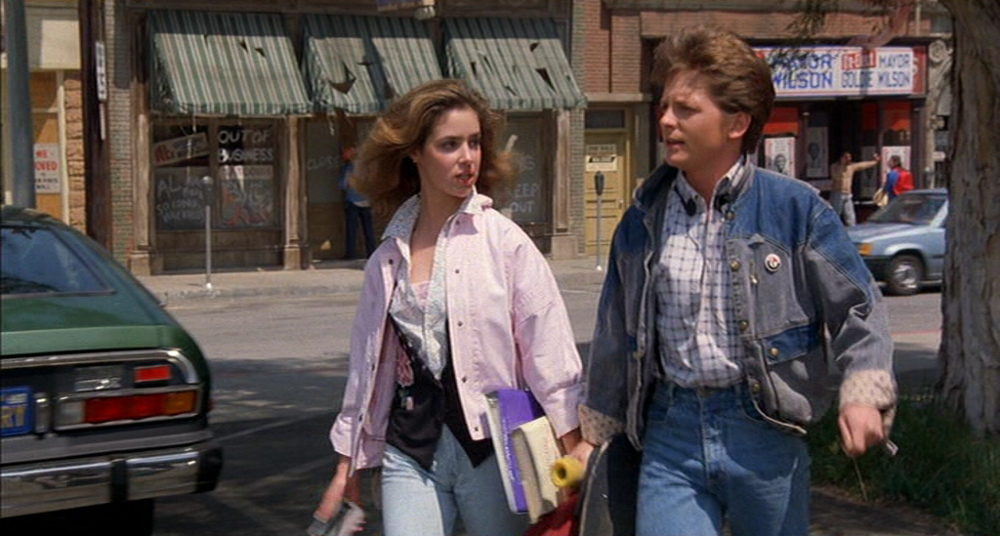
Lastly for me, a couple of things, are there any secrets left?
[Laughs]. Are there any secrets left? I will tell you that coming out in October is a new book called Back to the Future: The Ultimate Visual History. It’s a big $50 book from HarperCollins and it’s got tons of photos, drawings, some memos reproduced, and a lot of behind the scenes stuff that people haven’t heard. There are still a few stories that people haven’t heard. I was very much involved with getting that book off the ground and it’s a fantastic book. All Back to the Future fans are going to want that.
Why is it that Back to the Future has stood the test of time and just gotten better and better and why is it a story that resonates across generations?
Back to the Future is a human story. Yeah, there’s science fiction in it, but it’s not really a movie about technology. It’s a movie about this family. Movies about families always resonate. It’s also a movie that captures a moment that every human being experiences, which is the realization, “Oh my god, my parents were once children.” You’re about 8, 9, 10, or 11 when you finally get that. You’re always hearing your mother saying, “When I was your age...” And if you’re six years old, you’re going, “What is she talking about? She’s my mom!” Then when you get a bit older, you start to think, “Oh my God, for me to get here, my parents actually did it. Oh, that’s so creepy!”
But everybody thinks about that. They don’t want to think about it too much probably, but your parents were fumbling around in the backseat of a car probably or going down to the beach or Lover’s Lane or whatever. Everybody thinks about that and you say, “What would it have been like to be a fly on the wall when all that was going on?” Back to the Future captures all that.
Then the other thing that Back to the Future does is tell us that we are in charge of our own destiny. The things we do now can have wonderful or horrible effects later on in life.
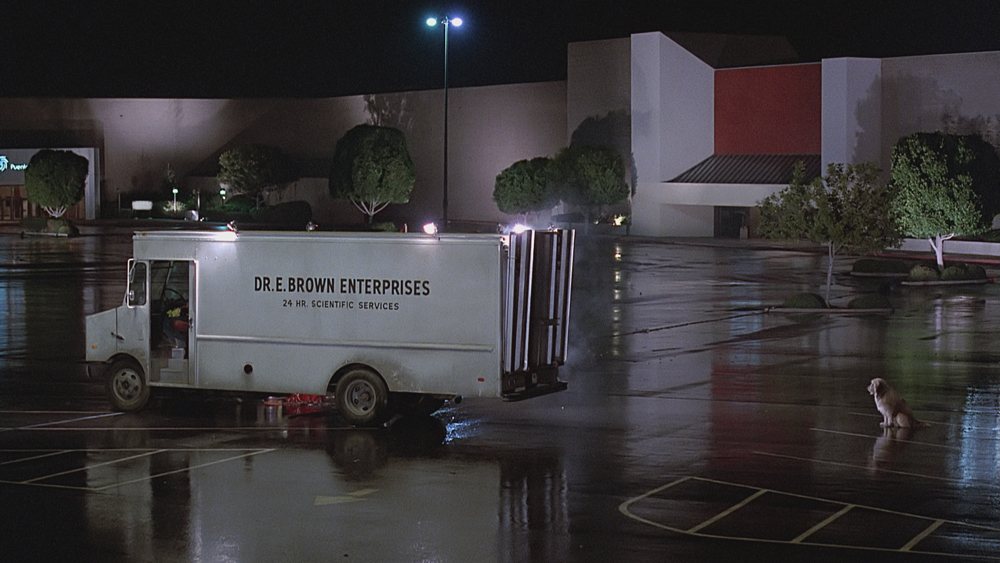
This has been great, Bob. I’m sure you’re tired of talking about it…
I’d be more tired when people stop wanting to talk about it.
I’ve waited my whole life to ask these questions! Do people just bother you at parties? Do they just get you in a corner?
Sometimes they do, yeah. Sometimes that happens, but it’s okay. I’d rather have people say, “Oh, you wrote Back to the Future, I gotta talk to you,” as opposed to, “He wrote Back to the Future. What’s that? I’ve never heard of it.”
Back to the Future tells us that we have control over our own destiny, that the things that we do now have an effect later on; for better or worse. And that’s a good message, people like to know that, you know what? Yeah, if I tell my boss “No, I’m not going to sign that thing that implicates me as Marty does,” or, “I’m going to stand up to the bully like George does,” it matters. It does matter and we get to decide that. It says that the future could be changed for the better.
Lastly, how do feel about working with The Hundreds on this collaboration?
Working with The Hundreds has been great. We are always excited to partner with companies that come up with some really fresh, creative, exciting, new ways to look at our franchise, to look at our property. That’s what’s cool for me because what’s been neat about Back to the Future—again, here we are 30 years later—is that kids that grew up watching Back to the Future are now like you, they’re running companies. They’re saying, “I love Back to the Future, I want to do something involving Back to the Future.” And we get this new perspective on our trilogy from people that grew up with it. You guys come up with stuff that I never would’ve thought of, none of us back in the day would’ve thought of. But it’s exciting and it’s great and it’s still true to what we envisioned and it’s fun; I just love it.
Thanks, Bob.
You’re welcome, Bobby.
***
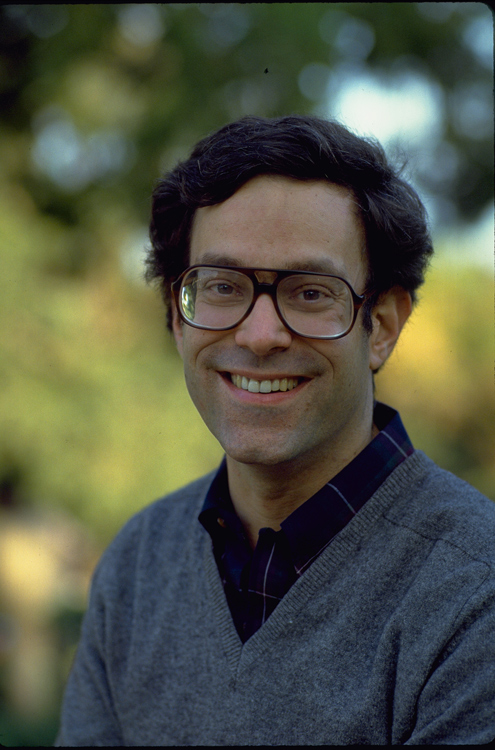
Bob Gale then.
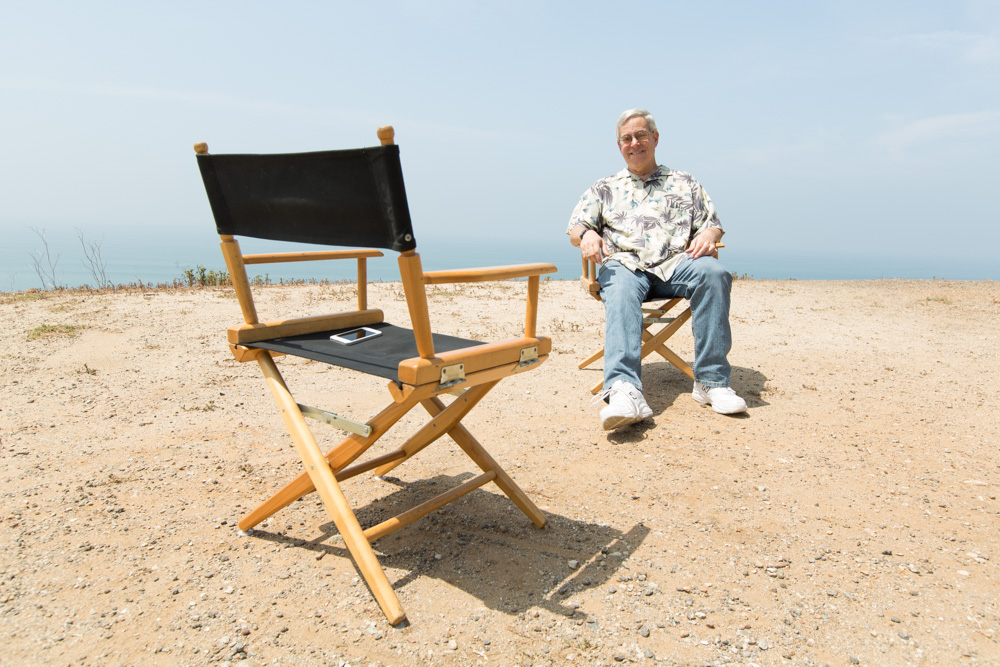
Bob Gale today.

